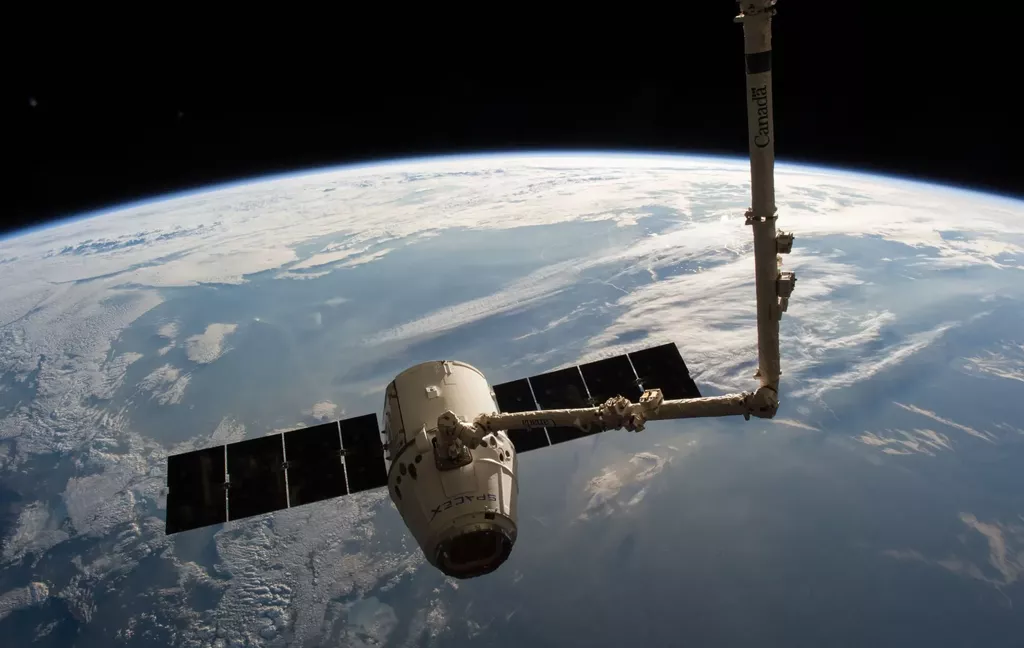A European agenda for space: resilience, security and sovereignty
Past event In person

- Area of Expertise
- Digital & Data Governance
Digital & Data Governance

Director General of Spaceport SARABHAI
The Indian space community was taken by surprise when India signed the Artemis Accords during Prime Minister Modi’s visit to the United States in June 2023 because there was little or no consultation with non-governmental stakeholders. The political calculus and election optics aside, Indian space lawyers, policy analysts, entrepreneurs and scientists are divided on the legal and budgetary implications of India joining a US-led club that includes 26 other signatories comprising major, minor and fledgling space-faring nations, as well as non-space actors.
Notably, yet unsurprisingly, two leading spacefaring nations missing from the list of Artemis signatories are China and Russia. India’s decision to join the accords reemphasises the distinct blocs growing in outer space – the Artemis camp led by the US and the Sino-Russian alliance – both of which have robust lunar exploration plans to bring humans back to the moon.
Ashok GV, a Bangalore-based lawyer, believes: “The decision to join the Artemis Accords could be the foundation for more streamlined and liberal exchange of technology, flow of capital and a range of other benefits for India’s space program and the space tech ecosystem. It provides impetus to India’s aspirations to be a key influencer in humankind’s efforts to mark its presence on the moon and beyond.”
Through the accords, the US is seeking to take the lead in developing a new framework of rule-based space governance
By contrast, Deepika Jeyakodi, a Madrid-based space lawyer, questions the rationale behind India’s sudden move and argues that India’s vision based on its 2023 space policy remains unclear. Where does India want to be and how will the accords help it get there? Is India choosing ‘mini-literalism’ over multilateralism? Is India going to toe the line taken by the US? What is India’s position on the peaceful use of outer space and interoperability?
Some scientists argue that the Indian Space Research Organisation (ISRO) cannot play a meaningful role in the Artemis programme without a significant increase in its budget and might get distracted by critical domestic missions. ISRO Chief S. Somnath seems unperturbed; he views the Artemis deal as a political engagement that has the potential to foster high-end space technology collaboration and business between the two nations. Indo-US ties are currently on an upswing fuelled by converging interests and shared geopolitical concerns. Both nations are keen on elevating and expanding technology partnerships through the US-India initiative on Critical and Emerging Technology (iCET).
In India’s Tribune magazine, science commentator Dinesh Sharma describes the accords as “an innovative piece of space diplomacy created by the US Department of State to reclaim American supremacy as the world stares at a new space order with players like China and the rise of private space companies.” He argues that through the accords, the US is seeking to take the lead in developing a new framework of rule-based space governance. To lend context to his argument, it is necessary to revisit the space resource-centric legal strides made by President Biden’s predecessors that were a precursor to the Artemis Accords.
The 2015 US Space Resource Exploration and Utilization Act, signed into law by President Barack Obama, provides a legal framework for American companies to mine and own ore from asteroids and other bodies. Five years later, President Trump signed Executive Order 13914, which was accompanied by an official statement that read: “As America prepares to return humans to the Moon and journey on to Mars, this Executive Order establishes U.S. policy toward the recovery and use of space resources, such as water and certain minerals, in order to encourage the commercial development of space. The order reaffirms U.S. support for the 1967 Outer Space Treaty while continuing to reject the 1979 Moon Agreement. The order further clarifies that the United States does not view outer space as a ‘global commons,’ and it reinforces the 2015 decision by Congress that Americans should have the right to engage in the commercial exploration, recovery, and use of resources in outer space.”
For now, the signing of the accords represents an acknowledgement of a new era of Indo-US partnership
By rejecting the idea of the global commons, legal experts say, the US administration has left open the question of military use. Further, the self-evident reason for its rejection of the Moon Agreement is precisely these two things – to leave room for privatisation and militarisation.
NASA released the Artemis Accords within a month of Trump’s executive order. By October 2020, just days before the US presidential election, eight nations signed the Artemis Accords. Mirroring the sentiments and scope of the 2015 mining act and the 2020 executive order, the accords talk about the creation of safety zones concerning the utilisation of natural resources. It appears to be the first step towards territorialisation of the Moon, and perhaps later, militarisation.
However, it is unclear who gets how much and how. Is there a framework for the distribution of rights and contracting, as well as for the ownership of territory? Could this lead to disputes and deployment of space armament? There are a lot of unanswered questions that will inevitably be asked. India has signed but not yet ratified the Moon Agreement. For now, the signing of the accords represents an acknowledgement of a new era of Indo-US partnership. It is a gesture of India’s willingness to participate in US-led platforms in a manner resembling that of an ally. Nothing more, nothing less.
The views expressed in this #CriticalThinking article reflect those of the author(s) and not of Friends of Europe.
Past event In person

Next event In person & livestreamed

Past event Online

Past event In person





Stay informed
We use cookies and similar technologies to adjust your preferences, analyze traffic and measure the effectiveness of our campaigns. Learn more about our privacy policy.